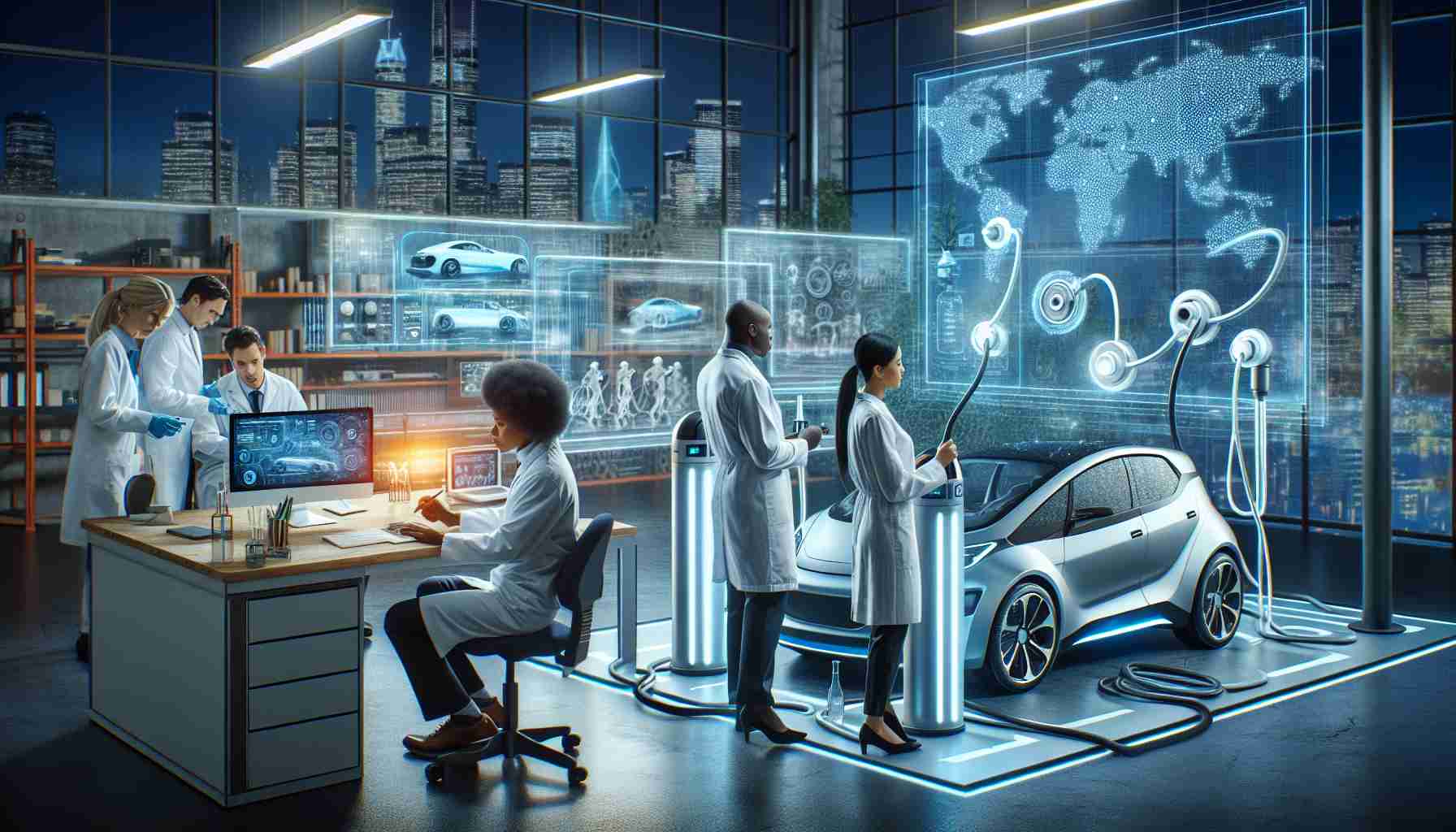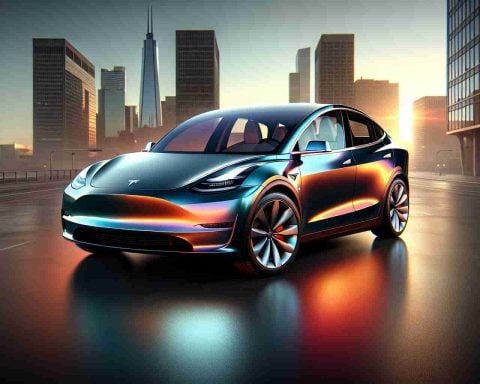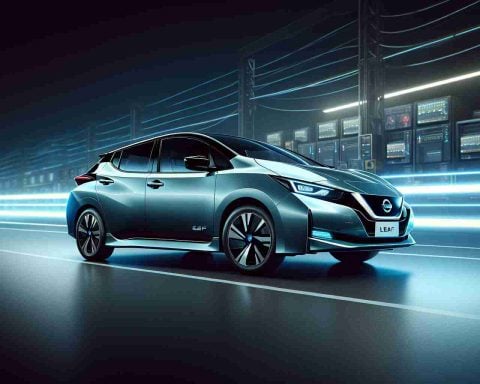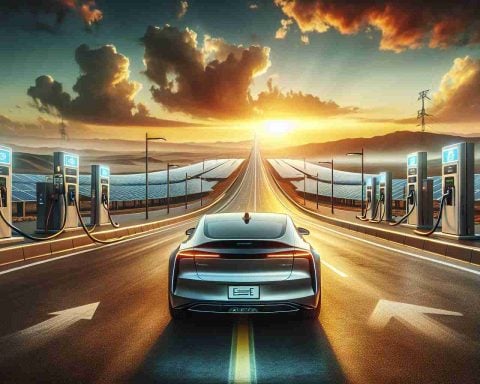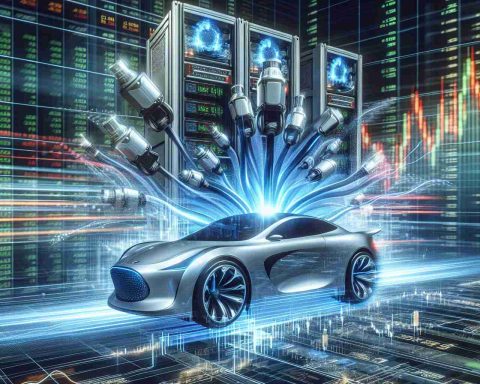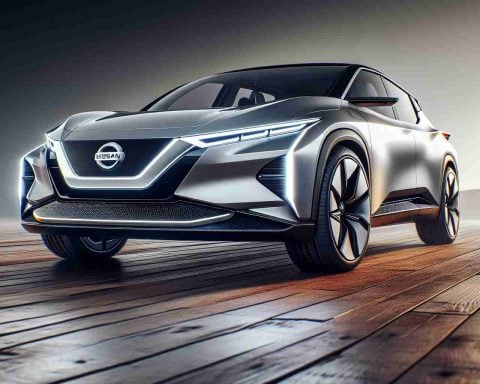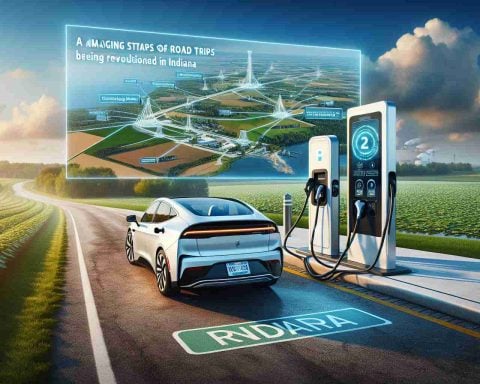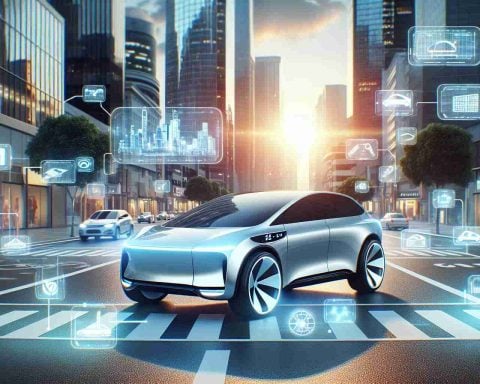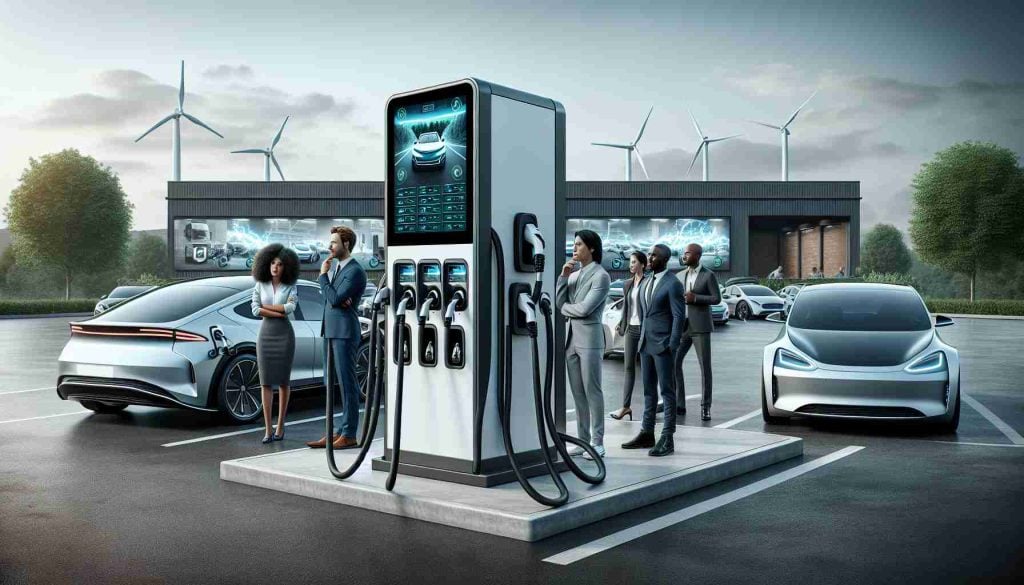- NREL is at the forefront of advancing commercial EV charging infrastructure to support a growing number of medium- and heavy-duty electric vehicles.
- The Megawatt Charging System (MCS) standard promises fast charging rates of up to 3.75 MW, enabling large trucks to recharge in about 30 minutes.
- NREL’s high-power EV charging facility evaluates the safety and efficiency of connectors to ensure robust commercial EV operations.
- The eCHIP project aims to integrate renewable energy sources like solar power directly into EV charging systems, enhancing efficiency.
- Tools such as FleetDNA and HEVII are being developed to tailor charging infrastructure to the specific needs of commercial fleets.
- NREL’s ongoing innovations seek to reduce barriers to commercial EV adoption and advance transportation and energy independence.
A quiet revolution is underway at the National Renewable Energy Laboratory (NREL), where researchers are crafting the future landscape of commercial electric vehicle (EV) charging. As roads prepare to host a surge of over 15,000 medium- and heavy-duty EVs next year, NREL is tackling the monumental task of scaling up charging infrastructure with cutting-edge innovations.
Central to this endeavor is the nascent Megawatt Charging System (MCS) standard. This technology promises charging rates up to a groundbreaking 3.75 MW, casting aside the limitations of conventional charging and transforming the way heavy-duty trucks refuel. Imagine a bustling highway where massive Class 8 trucks no longer languish in charging queues, but instead, power up in a swift 30 minutes—this is the vision MCS seeks to realize.
At NREL, innovation is blooming within their high-power EV charging emulation and evaluation facility. Here, engineers meticulously test charging connectors from top manufacturers, ensuring safety and efficiency at unprecedented power levels. Their work paves the road for seamless, robust commercial EV operations, even in the face of potential misuse or technical glitches.
Yet, NREL’s ambitions don’t stop at safe connections. With the eCHIP project, the laboratory dreams of a charging system that seamlessly integrates renewable energy sources like solar power directly into the EV ecosystem, bypassing traditional conversions and enhancing efficiency. Complementing this vision are tools like FleetDNA and HEVII, refining the precision of charging infrastructure to suit the nuanced needs of commercial fleets.
NREL’s portfolio stands as a beacon of progress, vowing to lower barriers to commercial EV adoption. As electric roads become a reality, the lab’s relentless spirit could spark a new era in transportation and energy independence.
A Megawatt Milestone: How Revolutionary Charging Systems Will Drive Future Transport
## Megawatt Charging Systems: Analyzing the Implications
The National Renewable Energy Laboratory (NREL) is setting the stage for a massive transformation in electric transportation, especially in the commercial sector. With an expected influx of over 15,000 medium- and heavy-duty electric vehicles (EVs) entering the roads next year, NREL’s groundbreaking work centers around the Megawatt Charging System (MCS). This technology offers the potential for charging rates as high as 3.75 MW, drastically reducing downtime for vehicles typically left waiting in lengthy charging queues.
Enhancing Electric Vehicle Infrastructure: A Global Perspective
The practical deployment of MCS not only affects local and national transportation but could also have substantial global implications. For instance, countries aiming to reduce carbon emissions will find NREL’s technologies particularly pertinent as they work toward achieving climate goals. By lowering the entry barriers to commercial EV usage, these innovations enhance global energy efficiency and sustainability.
Innovations like the eCHIP project, which integrates renewable energy sources directly into the EV ecosystem, are fundamental in supporting countries like Germany and Norway that lead the charge in renewable energy adoption. By potentially bypassing traditional energy conversions, these systems can make renewable energy use more efficient and widespread.
Economic Impact and Job Creation
The ramp-up in commercial EV infrastructure will likely lead to increased activity in the manufacturing and technology sectors. Developing charging systems at such high power levels will require skilled labor, fostering job creation within these sectors. Economic shifts and new market opportunities may open up as businesses pivot toward this green energy paradigm.
Potential Questions and Their Answers
How will Megawatt Charging Systems change the transportation landscape?
MCS technology promises to transform how commercial vehicles operate by greatly reducing charging times. This would enhance vehicle uptime, provide cost savings, and ultimately encourage broader adoption of electric heavy-duty vehicles.
What other sectors will be affected by the adoption of high-power charging systems?
High-power charging systems will spur advancements in battery technology, grid management, and renewable energy sectors, creating opportunities for cross-industry innovation.
What are the environmental benefits of widespread MCS implementation?
MCS helps facilitate the growth of electric vehicles, which play an important role in reducing greenhouse gas emissions. This contributes to cleaner air and aligns with international environmental goals.
Valid Links to Explore Further
– National Renewable Energy Laboratory
– U.S. Department of Energy
– International Energy Agency
These links lead to credible organizations involved in energy research, policy-making, and international energy developments that provide context and further information relevant to the innovations discussed.
